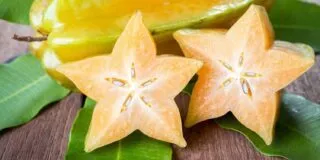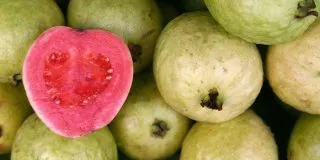Cultivated around the world for over 2,000 years, apples are the deliciously crunchy fruit of the apple tree.
From the moment they were first discovered they’ve been enjoyed by people every day in an amazingly large variety of forms.
What is it about apples though, that has led to their almost legendary status in the fruit bowl?
Let’s take a bite into some of the juiciest facts about apples.
An apple a day keeps the doctor away.

We’ve all heard the age-old English proverb, but did you know that there’s actually quite a bit of truth to it?
There are a large number of health benefits that can be obtained from apples.
The acids found in apples help fight against gout and indigestion. These acids also help the fruit become digested faster, as well as assisting in digesting any other food you may eat at the same time.
Another form of apple homeopathy is to eat a ripe sour apple just before going to bed to cure constipation.
This actually leads to another old saying – To eat an apple going to bed will make the doctor beg his bread!
Eve picked a forbidden fruit, but it wasn’t an apple.

Believe it or not, it wasn’t actually an apple that Eve picked from the Tree of Knowledge in the Old Testament’s Book of Genesis.
In the original story, the fruit which Eve picks is not actually made clear and is just referred to as a fruit.
There have been a number of suggestions over the centuries as to what this fruit was, ranging from figs to olives, grapes to bananas.
It wasn’t until around the 12th century that apples started to be referred to as the forbidden fruit.
Apples are things of myths and legends.

Apples have been around for so long that many cultures in Europe have their own myths and legends involving them.
In the epic Greek poem the Iliad, a golden apple plays a key role in a series of events that eventually led to the downfall of Troy.
In Norse mythology, the goddess of youth, Idun, gave golden apples to the gods to keep them youthful until the end of the world.
There is a myth relating to this where Loki, a trickster god, kidnaps Idun and the rest of the gods begin to quickly age.
If you plant the seeds from an apple, it will grow into a new variety.
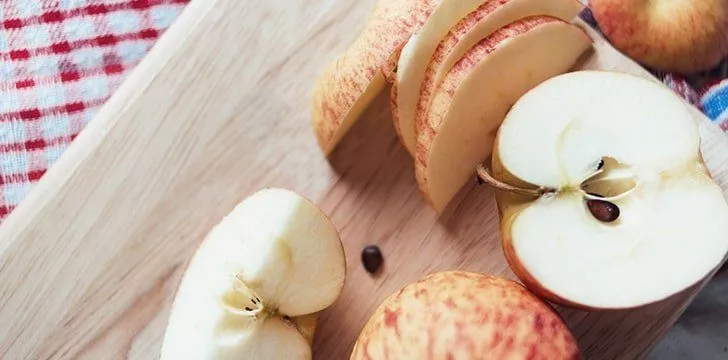
Apples have a genetic characteristic called heterozygosity, which means that any new tree grown from the seeds of an apple will grow into a new variety.
As a direct result of this, there are now thousands of known varieties of apples today.
While this is great in terms of the species’ evolution and its ability to adapt and survive to new environments, it does make apple cultivation much more difficult.
Instead of planting new apple trees by seed, a technique called grafting is necessary.
This technique fuses a part of an already existing plant of the desired variety to the roots of a much tougher and more durable variant that has been grown by seed.
If done successfully, the new grafted seedling will then grow the desired apples.
There are thousands of varieties of apples.

There are more than 7,500 known varieties of apples, and that’s just counting the ones we bother examining.
These varieties fall into three general categories: cider, cooking, and dessert.
The apples are categorized mainly on aspects such as size, color, crispiness, aroma, and taste, as well as bitterness.
More bitter apples are used for apple cider and are nearly inedible raw.
Dessert apples, such as those used in apple pie are commonly enjoyed fresh and raw as well.
Apples originally came from Kazakhstan.
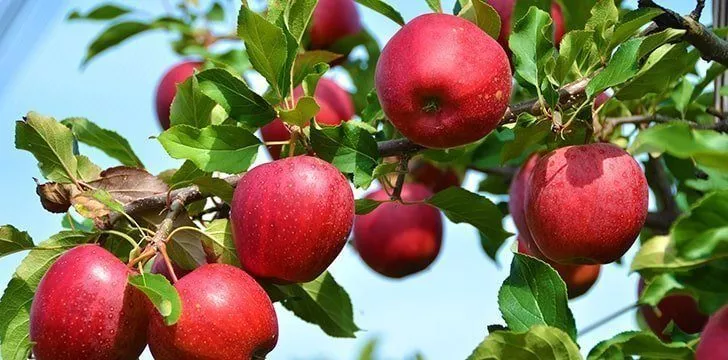
Most of you may know Kazakhstan thanks to the hit 2006 mockumentary Borat.
Something that Borat fails to mention, however, is that Kazakhstan is actually the original source of apples.
DNA analysis of modern varieties of apples has found that they originate from a wild variety known as Malus sieversii, which can still be found thriving in the mountains of Kazakhstan.
Over 66 million tons of apples are produced every year.
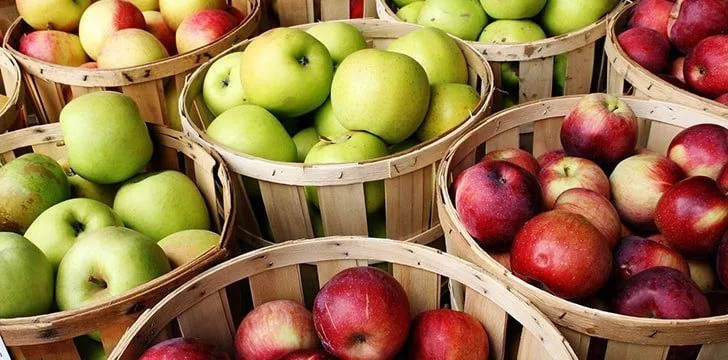
Across the globe, there are more than 66 million tons of apples produced annually.
The largest producer of apples by a vast majority in China, with a whopping 46 million tons.
The USA, on the other hand, is actually the third-largest producer.
Of the American apples produced, only half are consumed fresh. The rest of the crop is used for making juice, vinegar, jelly, and applesauce, among other things.
The European crop of apples though, has a larger percentage of the fruit go towards cider-making.
Cider has been brewed for over 2,000 years.
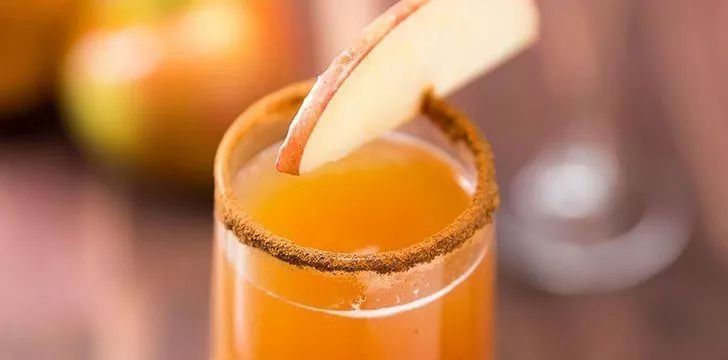
In around 55BC when the Romans invaded England they discovered that cider production was already well underway, and had been enjoyed by locals for some time.
This means that apples migrated all the way from Kazakhstan to England, some 3,000 miles (5,000 kilometers), before the technique of fermenting and distilling was perfected.
This method has been honed over the years, and by the late 1500s, there were more than 65 different breeds of apples cultivated specifically for cider production.
There’s a US folk hero called Johnny Appleseed who spread apples all over the USA.
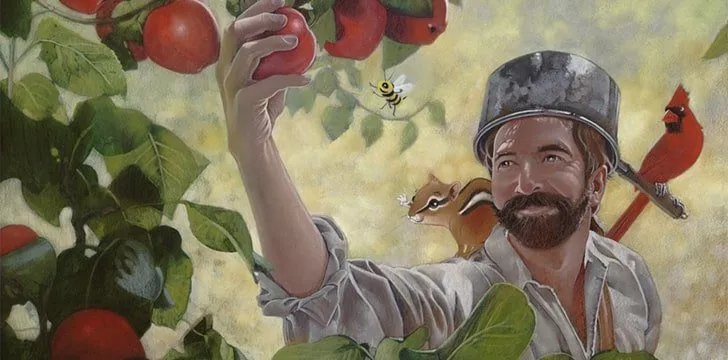
John Chapman, otherwise known as Johnny Appleseed was said to believe that the method of cultivating apples by grafting was wicked.
He was absolutely certain that the only way to grow good apples was to sow them by seed.
The story goes that he collected seeds from cider mills in Pennsylvania and proceeded to distribute and sow apple seeds far and wide across huge swathes of the USA.
The apples grown from these seeds weren’t good for eating though, just for creating booze.
So next time you enjoy a crisp glass of apple cider, say cheers to Johnny Appleseed!
Apples have been enjoyed in a whole range of forms for millennia now.
You can bake them, juice them, ferment them, or even just eat them straight off the tree.
As one of the oldest cultivated fruits in the world, they’re probably one of the greatest, and will certainly be enjoyed for a long time to come!


